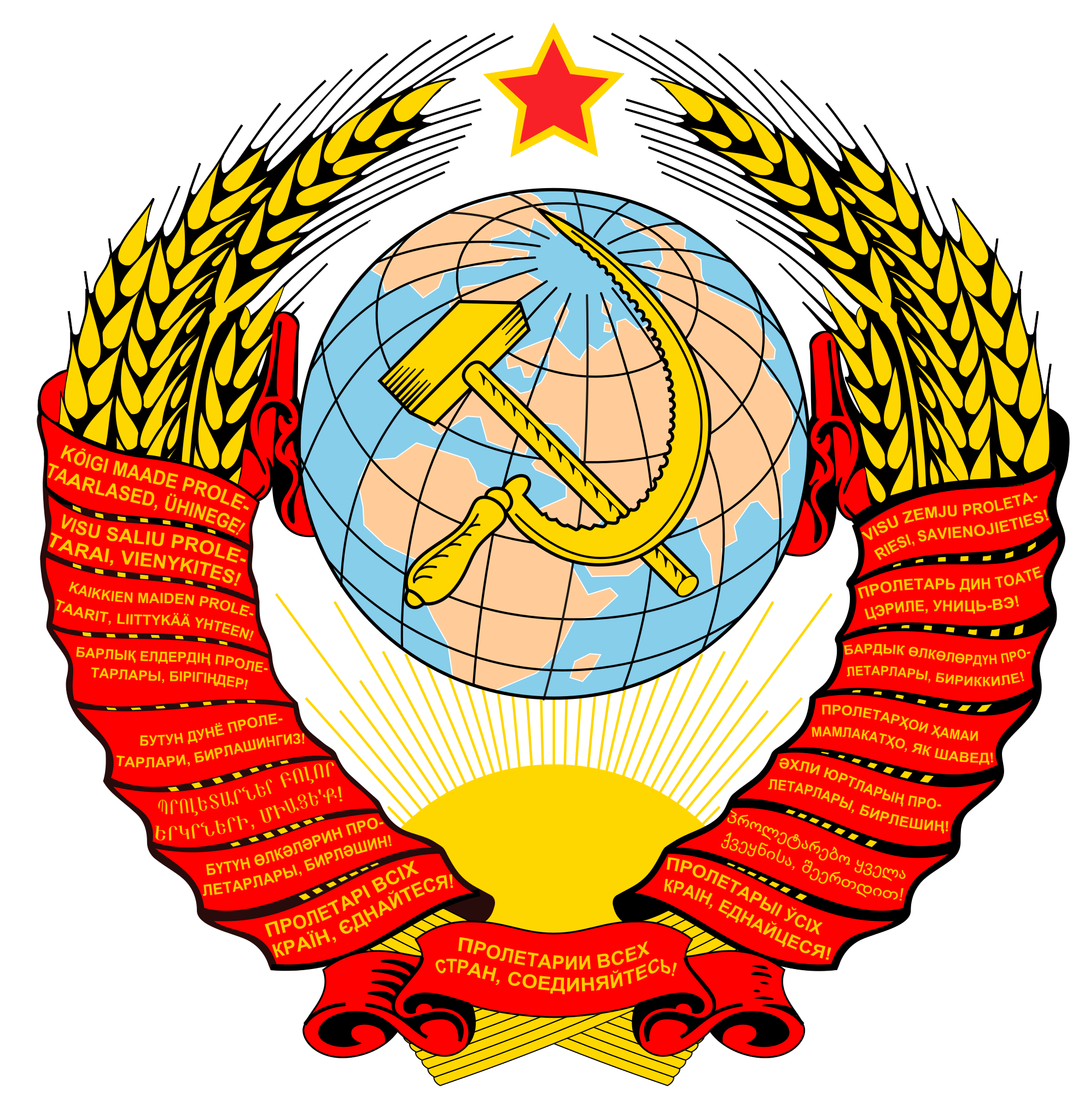So I’ve stumbled across this thing called Shpilkin method, a statistical model that pretends to quantity electoral fraud. I haven’t found the precise model because all I get is media talking about it, there isn’t even a Wikipedia article for this. Upon primary investigation I found multiple sketchy things.
- It seems that the model is based on analysing voter turnout variation, however turnout is known to be affected by other factors such as people only caring about the biggest election
- I haven’t seen the model applied an compared to any other country than Russia, what if it would detect similar voter fraud in the “democratic west”?
- The media covering this is really bad, the top results are radio free europe and some neolib pro nato french news outlet.
- Mr Shpilkin apparently got rewards from some irrelevant “Liberal Front” and also got put on the list of foreign interference personalities by Russia
All I know about statistics is that you can make numbers say whatever you want. Is there anyone with education in the field that could evaluate how valid this whole thing is?
Is there anyone with education in the field that could evaluate how valid this whole thing is?
It’s pretty hard to evaluate something when we have barely anything to evaluate.
It seems that the model is based on analysing voter turnout variation
This is too vague a statement, and in lieu of any kind of scientific article describing how the method actually works, or heck even a Wikipedia article, i don’t think you’re going to get much of an answer to this question other than a shrug and a “it’s probably bullshit”.
Yeah I guess I half expected someone would know how to get some literature about it, but if a search can’t find this you can be pretty sure it’s some “trust me bro it’s The Math©”
Also happy cake day 🎉
I used a t-test to compare the election results for Putin to his approval ratings and found no significant difference, although a sample size of only 5 probably isn’t very good for making conclusions.
Just skimming the paper, the core of the argument there is:
- Assume there was substantial election fraud in Russia’s 2011 parliamentary elections (b/c “only” that could explain the protests that occurred shortly after).
- Assume there was no substantial election fraud in Russia’s presidential elections just 3 months later (b/c there apparently was higher scrutiny of these elections).
- Given 1 and 2, there may be statistically detectable differences between the two elections (under a whole bunch of other assumptions that may or may not be justified), and these can only be explained by election fraud.
So that’s it. If you assume what you need to prove, then whatever you find is statistical proof!




